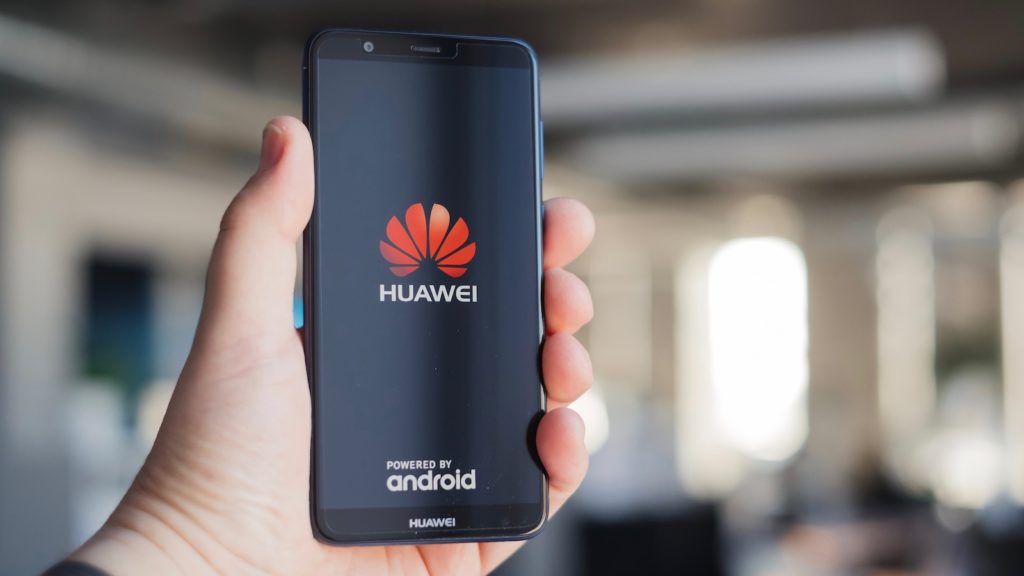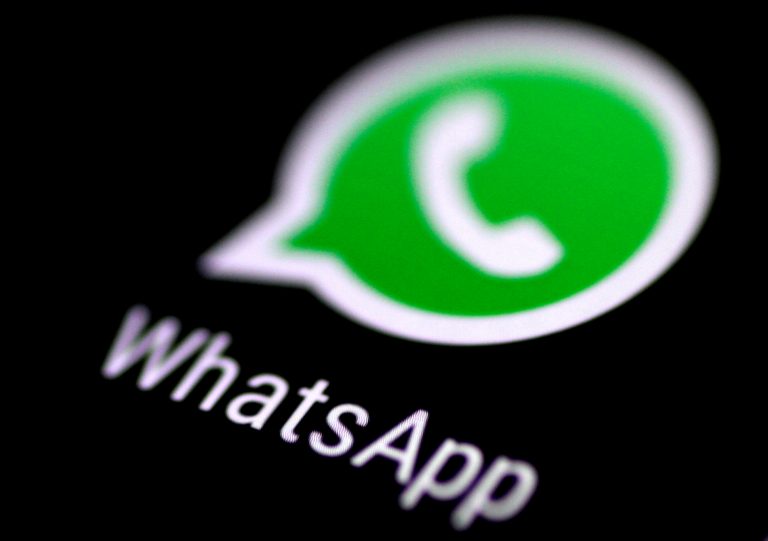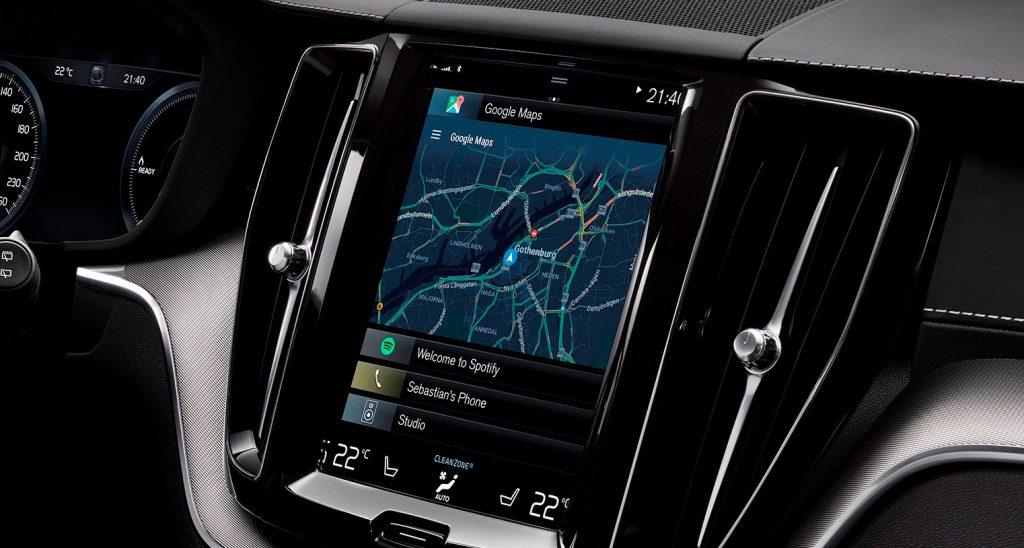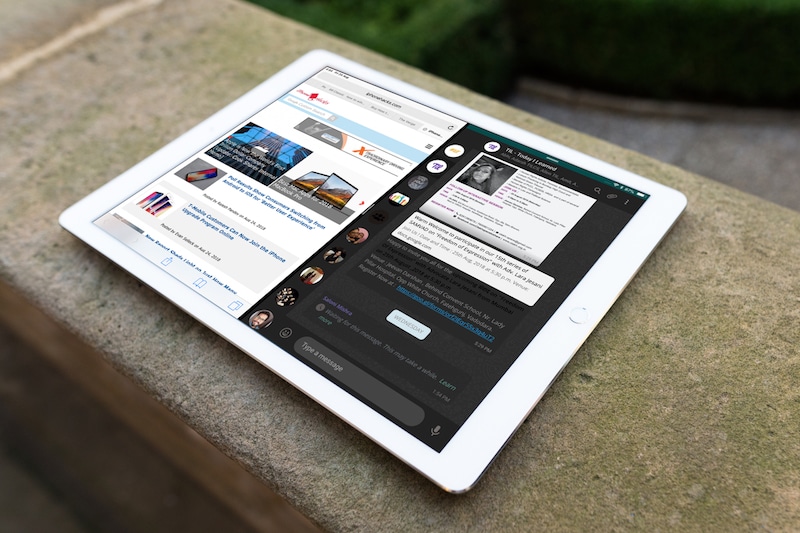Hongmeng OS is not Designed to Replace Android : Huawei
The past few months have been quite challenging for the Chinese tech company Huawei. It has faced partial ban in one of the biggest smartphone markets of the US and Australis and has been the centre of criticism for having ties with China.
Amid all there issues, the company is trying to improve its grip on the smartphone industry, and reportedly, had plans to replace Google’s Android OS with its homegrown Hongmeng operating system. But the company now has completely denied the reports and has claimed that Android will remain the OS for its smartphones.
Huawei’s senior vice president Catherine Chen told the reporters in Brussels that Hongmeng is not a smartphone OS, and the company has no plans to use a self-developed OS for its smartphones as well as the other mobile devices.

According to Chen, the OS has been developed for the industrial usage, and its development started even before the company started facing the issues with the U.S. The company chairman Liang Hua also gave a statement stating that the very operating system is designed for internet-of-things (IoT) devices.
But if we go back to June, the statement given by Huawei VP, Andrew Williamson, was a bit different. He had told the Reuters, “Huawei is in the process of potentially launching a replacement. It’d be ready in months in the event of an Android blacklisting. It’s not something Huawei wants. We’re very happy being part of the Android family, but Hongmeng is being tested, mostly in China.”
In fact, after the blacklisting of Huawei by most of the U.S. companies, the Huawei CEO Richard Yu had also said that Huawei would be ready to use its alternatives. He had also mentioned that the upcoming OS will be used in a variety of devices like routers, network switches, tablets, computers and data centres, etc.
Based on the past reports, Huawei even was conducting tests for the OS on smartphones, and according to a few testers, Hongmeng is based on open-source Android and offers 60 per cent faster performance than Android.
But now, it seems that the company no more wants to replace the OS. This change in the decision can be due to Trump’s announcement that permitted the U.S. companies to come back in business with Huawei. So now Huawei can regain its access to the Android OS and does not need another OS to embed into its smartphones.

Yashica is a Software Engineer turned Content Writer, who loves to write on social causes and expertise in writing technical stuff. She loves to watch movies and explore new places. She believes that you need to live once before you die. So experimenting with her life and career choices, she is trying to live her life to the fullest.






